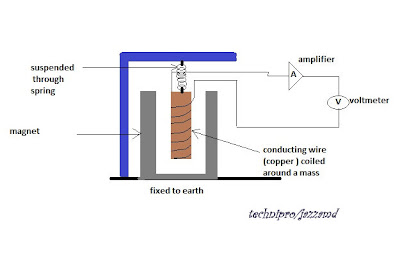Best Youtube Video downloader :
Lots and lots of people prefer youtube rather than any other website for watching the newly released trailer, video songs and even to get tutorials to learn. But rather many still aren't able to download, and few finding out the ways to get those videos stored in your hard-disk.
Therefore the below are three ways to download youtube videos:
Obviously many would have by now got to know about the website keepvid.com where you just need to
paste the link as shown in below image and click on download.
now you'll be offered the video you wanted in different format and size. Choose the one best for you and click it .
2. Using Internet Download manager:
This is a downloader which is useful for downloading videos from any website.
Get this installed from here : internetdownloadmanager . Once done installing this whenever you view a video a small dialog box appears clicking over which you'll be able to download the video you are viewing.
This is awesome it works for almost all of the websites. But you wont be able to choose the format and the size.
3. best video downloader :
This downloader is just applicable to youtube . But still its the best for downloading youtube videos. I loved it a lot. To download it click on this link: bestvideodownloader download
You need not migrate to any other website to download youtube videos. It'll give you variety of formats to download and a sample picture is shown in the above image.
Enjoy downloading!!
Plz do comment!!
If more info is required , please do ask for it to be published through comment or by mailing to the below address
jazzamd786@gmail.com . I would be glad to help u.
thank u..!! :) :)
Lots and lots of people prefer youtube rather than any other website for watching the newly released trailer, video songs and even to get tutorials to learn. But rather many still aren't able to download, and few finding out the ways to get those videos stored in your hard-disk.
Therefore the below are three ways to download youtube videos:
Obviously many would have by now got to know about the website keepvid.com where you just need to
paste the link as shown in below image and click on download.
now you'll be offered the video you wanted in different format and size. Choose the one best for you and click it .
2. Using Internet Download manager:
This is a downloader which is useful for downloading videos from any website.
Get this installed from here : internetdownloadmanager . Once done installing this whenever you view a video a small dialog box appears clicking over which you'll be able to download the video you are viewing.
This is awesome it works for almost all of the websites. But you wont be able to choose the format and the size.
3. best video downloader :
This downloader is just applicable to youtube . But still its the best for downloading youtube videos. I loved it a lot. To download it click on this link: bestvideodownloader download
You need not migrate to any other website to download youtube videos. It'll give you variety of formats to download and a sample picture is shown in the above image.
Enjoy downloading!!
Plz do comment!!
If more info is required , please do ask for it to be published through comment or by mailing to the below address
jazzamd786@gmail.com . I would be glad to help u.
thank u..!! :) :)






.jpg)
.jpg)
